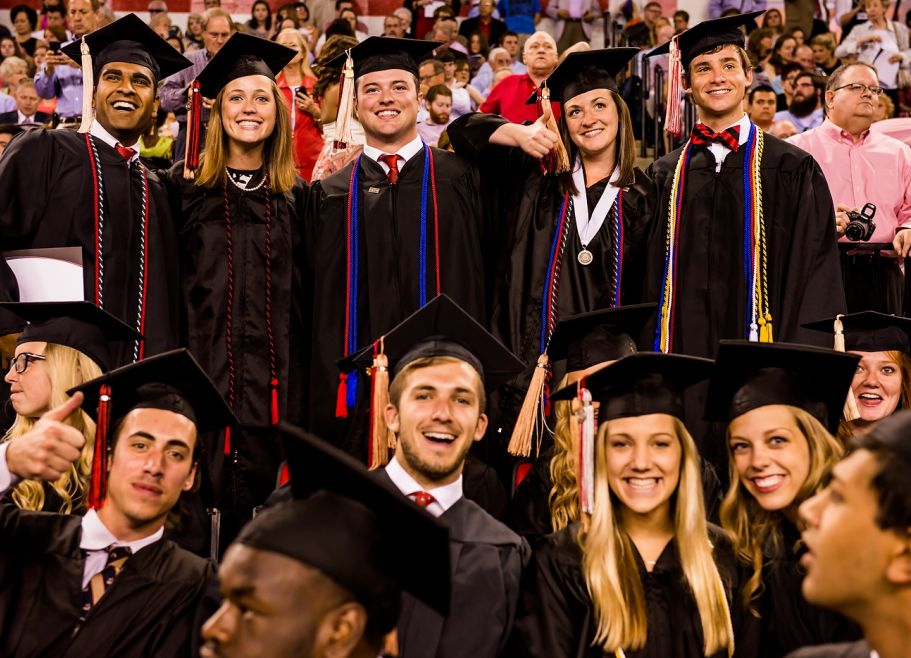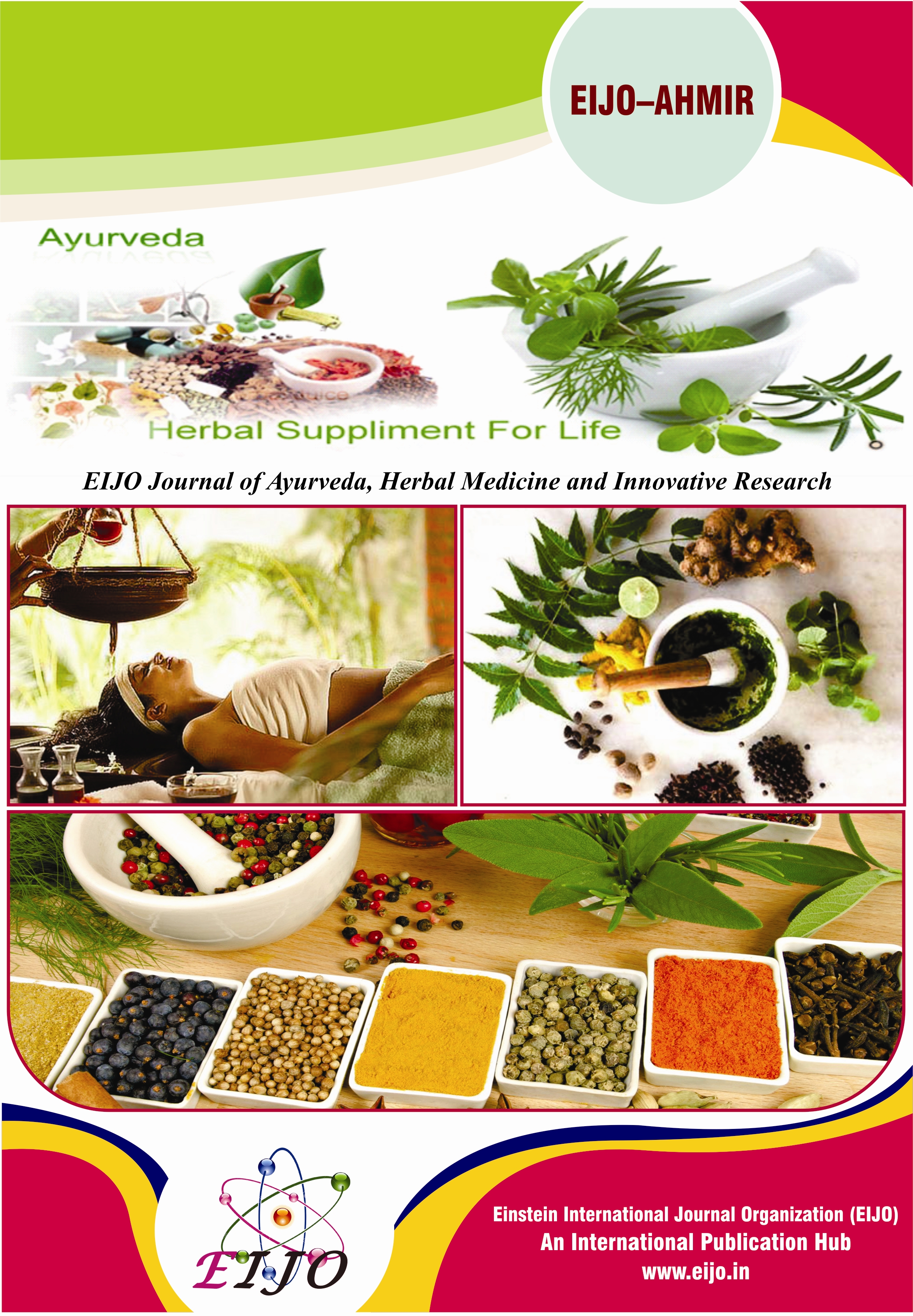JOURNALS || EIJO Journal of Ayurveda, Herbal Medicine and Innovative Research (EIJO – AHMIR) [ ISSN : 2456 - 530X ]
Abstract
There is growing evidence that vascular pathology plays a role in the onset and/or progression of osteoarthritis, the most common joint disease (OA). Episodically reduced blood flow via the tiny capillaries in the subchondral bone near the ends of long bones, as well as reduced interstitial fluid flow in subchondral bone, are two possible explanations. Venous occlusion and stasis, as well as the development of microemboli in the subchondral veins, can limit blood flow. It's critical to know these potential aetiological causes so that more effective treatments can be developed to slow the progression of osteoarthritis. In this context, Leech therapy, also known as Jalaukavacharana, has a lot of promise for treating inflammatory, ischemic, and viral disorders. The saliva of the leech contains a variety of physiologically and pharmacologically active chemicals that have anti-coagulant, profibrinolytic, anti-platelet, anti-inflammatory, and anti-edema properties in the host's body. Arthritis, venous congestion, vascular disorders, abscess, and other similar conditions.
Keywords: Jalaukavacharana, Leech therapy, Hirudin, Osteoarthritis, Synovial Fluid.
- Harris WH. Etiology of osteoarthritis of the hip. Clin Orthop Relat Res 1986;213:20–33.
- Buckwalter JA, Brown TD. Joint injury, repair, and remodeling: roles in post-traumatic osteoarthritis. Clin Orthop Relat Res 2004;423:7–16.
- Sharma L, Song J, Felson DT, Cahue S, Shamiyeh E, Dunlop DD. The role of knee alignment in disease progression and functional decline in knee osteoarthritis. JAMA 2001;286:188–95.
- Spector TD, MacGregor AJ. Risk factors for osteoarthritis: genetics. Osteoarthr Cartilage 2004;12(Suppl A):S39–44.
- Lichtenstein DR, Syngal S, Wolfe MM. Nonsteroidal antiinflammatory drugs and the gastrointestinal tract. The double-edged sword. Arthritis Rheum 1995;38:5-18.
- Shastri Ambika Dutt, editor.Sushruta Samhita Sutra Sthan vol-1. Jalaukavacharaniya adhyaya. Hindi Commentary. 14th Edition. Varanasi. Chaukambha Sanskrit Sansthan; 2003. p.43.
- Gangasahay Pandey (Ed.), Commentarator of Charaka Samhita of Agnivesha- 1st volume, Sutra Sthan (24/11-16), Chaukumbha Sanskrit Sansthan, Varanasi (2006), pp. 444-445
- Brandi ML, Collin-Osdoby P. Vascular biology and the skeleton. J Bone Miner Res 2006;21:183–92.
- Compston JE. Bone marrow and bone: a functional unit. J Endocrinol 2002;173:387–94.
- Imhof H, Breitenseher M, Kainberger F, Trattnig S. Degenerative joint disease: cartilage or vascular disease? Skeletal Radiol 1997;26:398–403.



